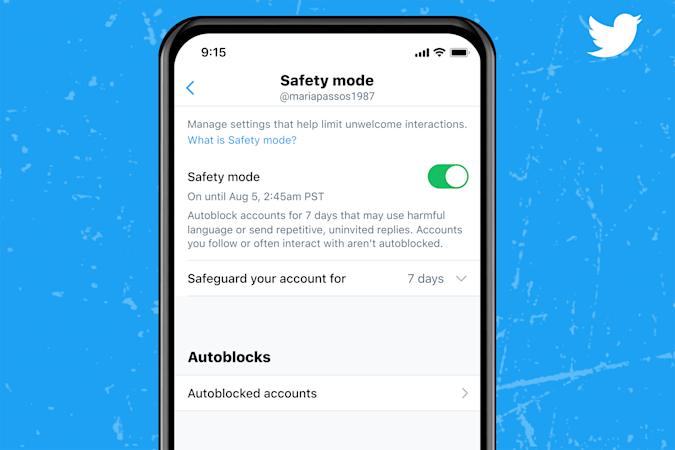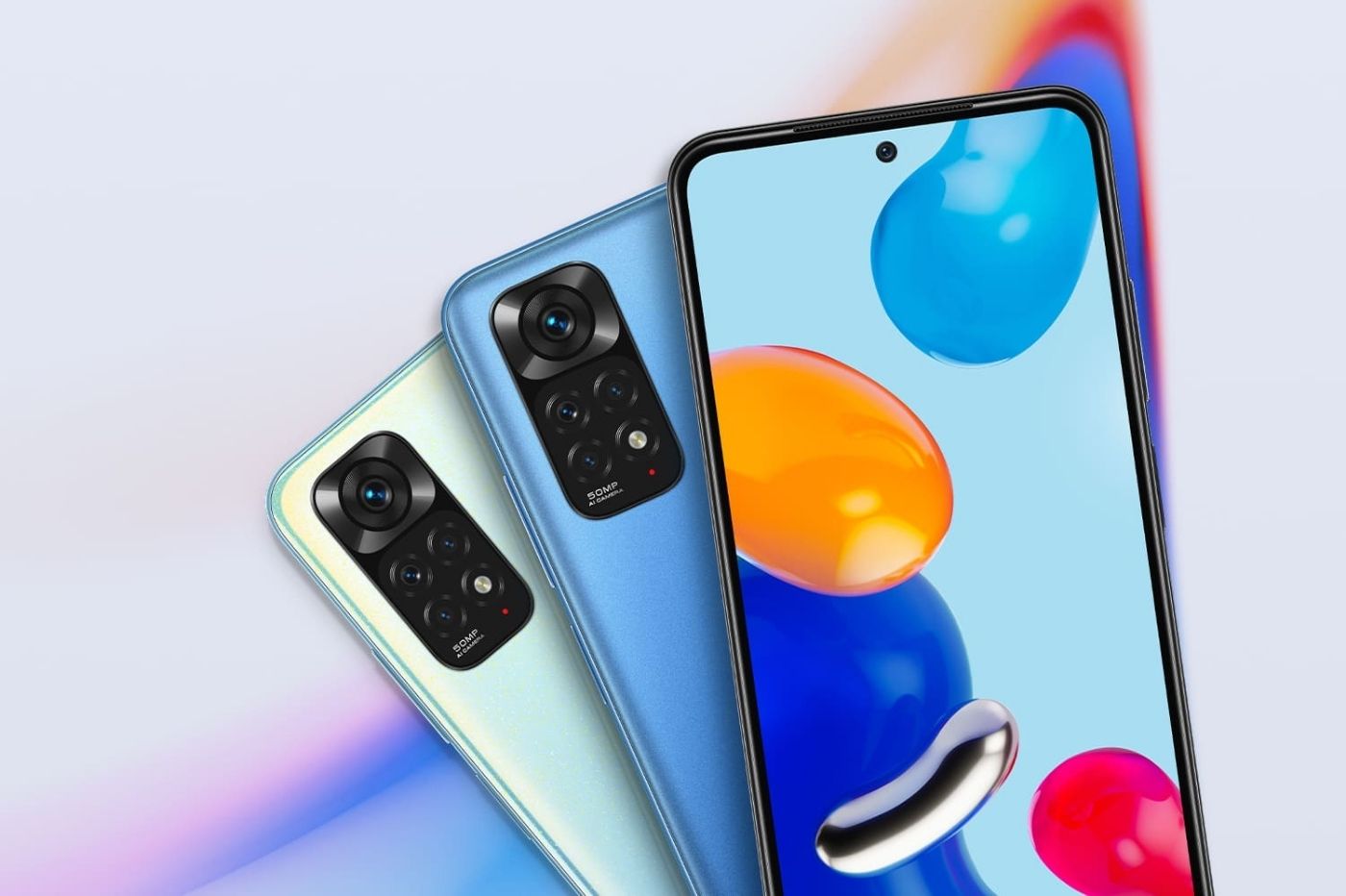
Companies are increasingly using software as a service. But they are also changing how they use it, which SaaS services they prefer or how they distribute the budget they dedicate to it. This has been echoed in the study carried out by the SaaS management company Productiv, which in its edition this year is in charge of reviewing the variations related to the world of SaaS for the company between 2021 and 2023.
The study also includes the software-as-a-service apps that organizations use the most. On average, companies use 87 SaaS apps, a number that represents a 22% increase between 2022 and 2023. Among the most popular are Lucidchart, LinkedIn, Salesforce, Atlassian Cloud and DocuSign. Zendesk is also very popular with companies with customer support teams, while Figma is in the top five for engineering teams.
These are precisely the teams that tend to use SaaS apps the most. Nothing less than 108 on average. But the teams in which the use of SaaS has grown the most between 2022 and 2023 are IT and security. Above all, the tools dedicated to ROI and specific solutions.
Overall, SaaS adoption continues to climb steadily, and over the past two years, the average team or organization’s software-as-a-service portfolio has grown by 32%. In SMEs, however, it has grown very little, since the SaaS portfolios in this type of company have barely grown by 5%. Meanwhile, in medium-sized companies, 41% have done so, and in large ones, 49%.
Hidden SaaS in companies and ChatGPT
But in companies, more SaaS applications are used than official ones. There is also lots of hidden SaaS app, for which employees pay, and which they use without IT teams knowing or having authorized it. The most widely used shadow SaaS apps in enterprises are Evernote, Coursera, and Canva.
The number of shadow SaaS apps used by enterprises is lower in 2023 than in 2022, implying that enterprises are more aware and knowledgeable about the software running on their computers. Also that they have taken measures to reduce their presence. But even so, hidden SaaS apps still account for 51% of the applications in the average portfolio of a company.
Another aspect that companies take care of more now in SaaS is the improvement of business efficiency in terms of the use of SaaS, eliminating those that are not used. In the companies in which the survey was carried out to prepare the study, 53% of the SaaS licenses were unused. License usage only rose 2% from 2022 to 2023, though the fact that businesses are using more apps per category and increasing license usage at the same time suggests that businesses are getting better at rationalizing and consolidating apps.
ChatGPT is another of the protagonists in the world of SaaS in recent months, and could count as a company’s shadow SaaS if your employees use their free or paid plans without IT intervention. In the cases of ChatGPT detected when preparing the report, are the generation of emails and marketing content, the summary of meeting notes, the investigation of specific topics, the writing of code and the discovery of programming bugs. The departments that use ChatGPT the most are marketing, engineering and product.
Contract duration: reduced
Regarding the duration of the contracts for the use of SaaS applications and tools, which have increased as companies have adopted remote or mixed work, it has been reduced. Businesses are using more SaaS applications, but with shorter contracts. Usually one year. They prefer them because they give them more flexibility, and it is also a way to reduce costs.
One-year contracts were 79% of all SaaS application contracts formed in 2020, and 85% of all contracts in 2022. In contrast, contracts of three years or more have experienced a sharp drop between 2022 and 2023.
In 2023, SaaS spend per employee was, on average, $9,643, a higher figure than in 2022. Large companies invested $7,492 per employee in 2022, while medium-sized companies spent an average of $10,045 per head. SMEs invested 11,196. Big companies spent less because they got volume discounts and license agreements for the entire company. Its efficiency in scaling with consumption-based apps is also better.



